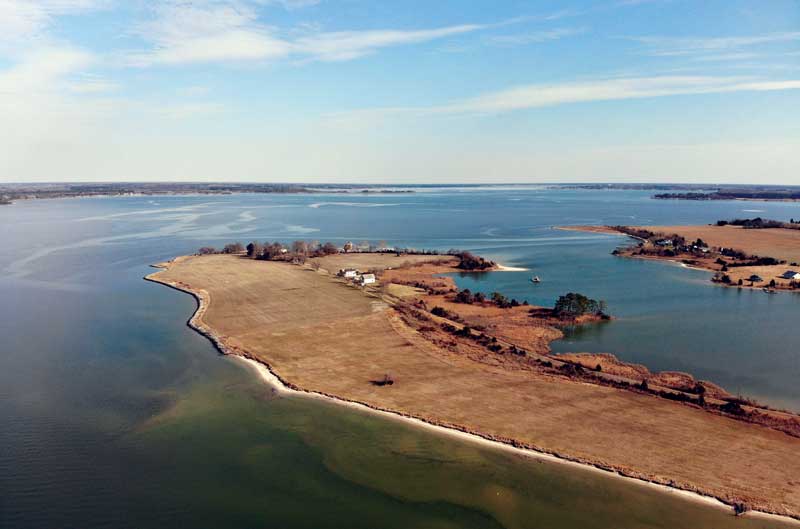Scientists at the University of Maryland Center for Environmental Science have embarked on a research project that will lay the foundation for plastic research in the Chesapeake Bay. The two-year NOAA Marine Debris Program funded project began in January and will track how microplastics move through the Choptank River watershed on the Eastern Shore of Maryland.

The project studies the fate and transport of microplastics, providing a baseline of understanding of what kind of plastics exist in the waterway and how they move through coastal systems, particularly how marsh wetlands and underwater grasses impact their flow and where they end up during different seasons throughout the year.
“A lot of attention is paid to the giant garbage patch in the Pacific Ocean, but those plastics came from somewhere. We have to understand where they are coming from and what happens to them before they get to the ocean,” said associate professor Jamie Pierson. “How microplastics transit through a system like the Choptank and its features—marshes, SAV beds, wetlands—might affect transport from source to open water.”
Plastic samples of all sizes, from plastic bags to microplastics barely invisible to the naked eye, will be collected and examined. Experiments will look at six different types of plastic, which degrade differently and have different densities, and how they may be trapped or move differently in different places in the river at different times of year.
“Potentially, we’ll be able to make the connection between bigger pieces of plastic in a marsh that break down, and the pieces feeding into river systems leading to microplastics in the water. We’re hoping to figure out if different types of debris get moved in different ways,” said Pierson.
Studies have estimated that up to 95 percent of the waste that accumulates on shorelines, the sea surface, and the seafloor is plastic. To date, most published studies on plastic debris have focused on marine ecosystems and not estuaries, rivers, or freshwater systems. Even fewer studies have focused on the interaction of coastal wetlands, such as underwater grasses or marshlands, and the accumulation of microplastics.